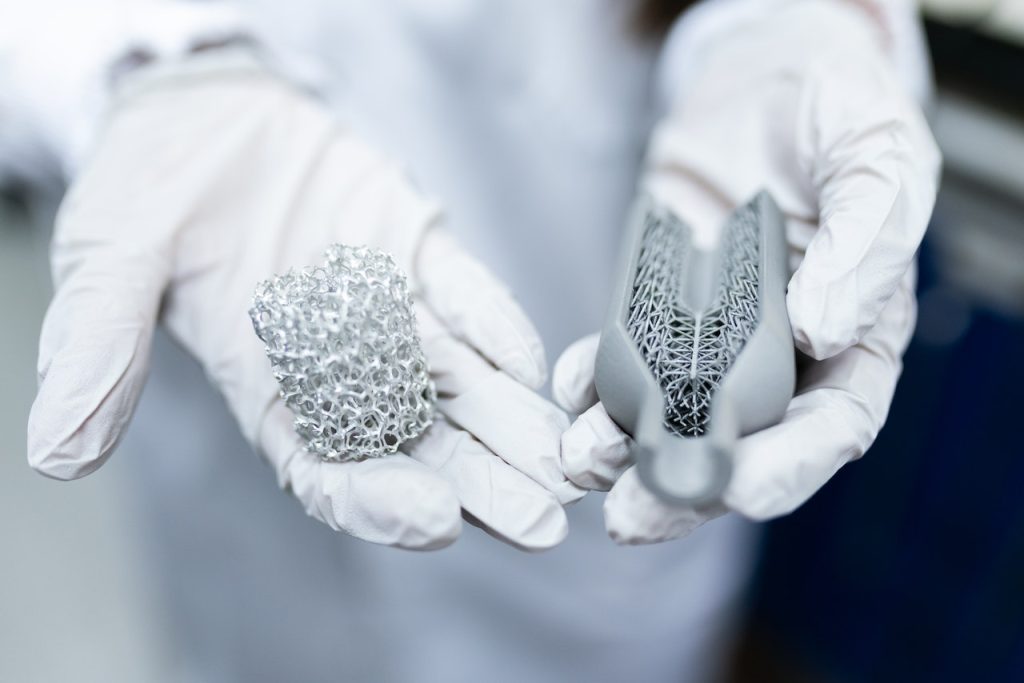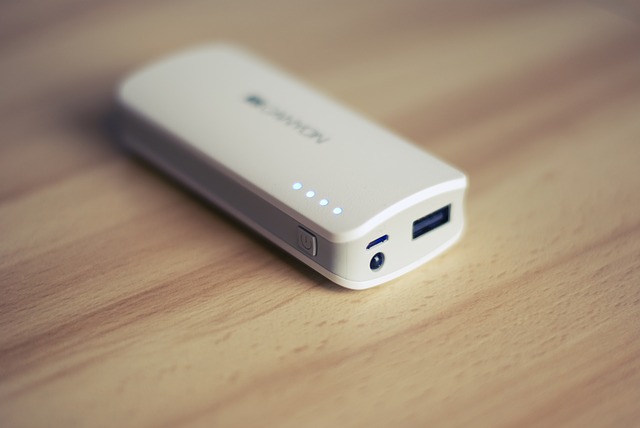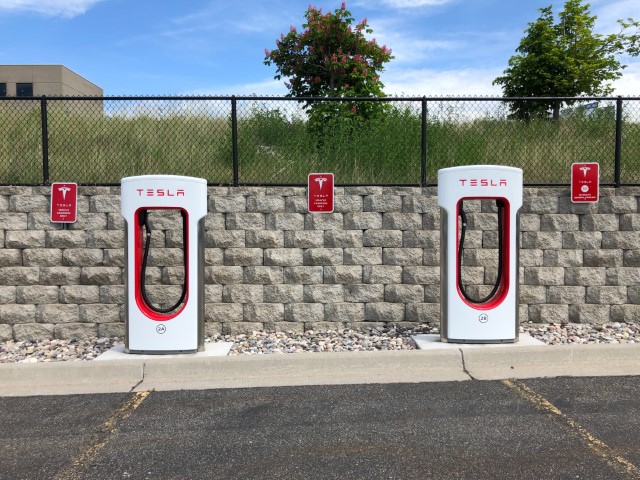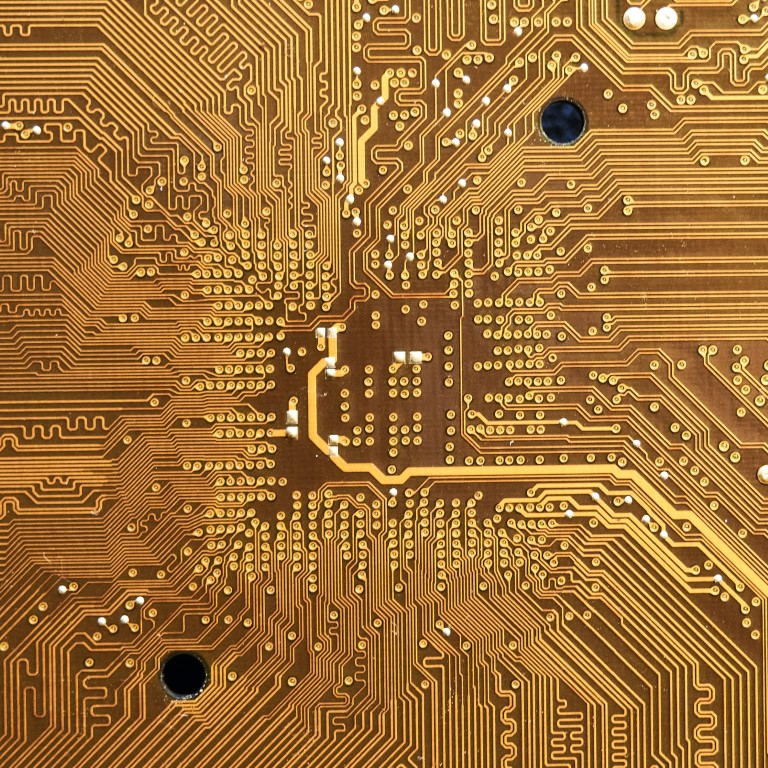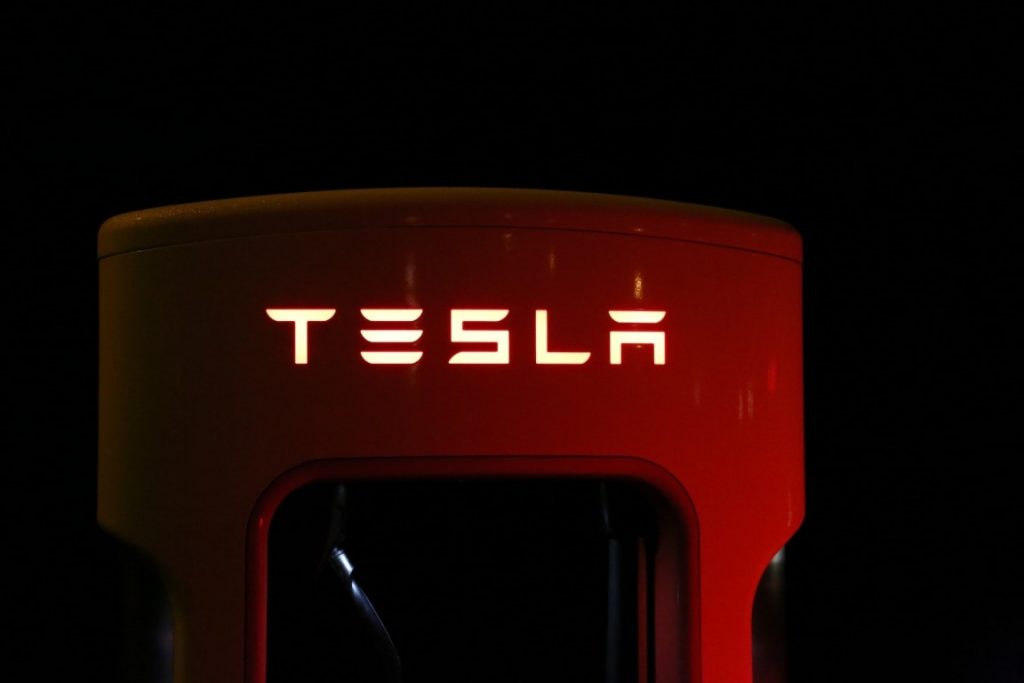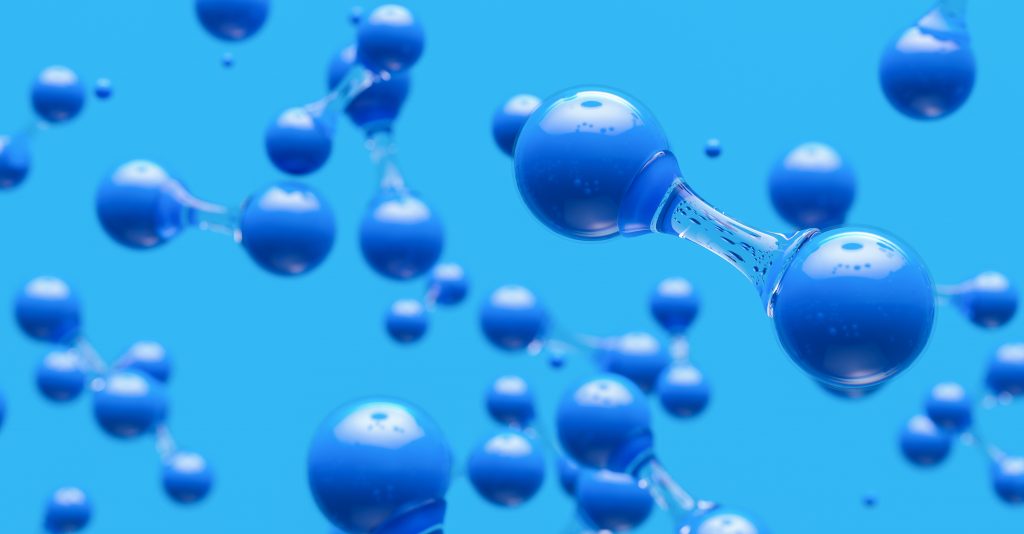Introduction
A new battery technology has been found by scientists that makes lithium batteries better. This is good news for those who use devices that require lithium batteries, as the new technology will make the batteries have a higher capacity while keeping the same size .
The new battery technology works by using a different type of material which will help the batteries keep more juice inside, so what you might be saying? Imagine having twice the amount of driving distance in the same size battery? Imagine a cell phone battery that lasts 3-5 days?! We know that batteries aren’t that exciting but it seems everyday there are newer updates that are coming out with huge advantages once they are implemented in the real world. Keep reading to find out all about this new update.
What is a lithium ion battery?
Before we jump into the future of batteries, let’s take a look first at the new battery on the block… and we use this term ” new ” loosely. Lithium ion batteries were first developed in the 1970s by a team of scientists at the University of Oxford. The team was led by John B. Goodenough, who is now considered the father of the lithium ion battery.

This type of battery tech is one of the most commonly used batteries today. They are used in everything from cell phones to laptops, and even some electric cars. But how did they become the go to choice of batteries?
How do lithium ion batteries work?
Lithium ion batteries are the most popular type of rechargeable battery on the market today. They are used in everything from cell phones to laptops to electric cars. But how do they work?
Their name comes from the fact that they use lithium ions to store energy…. I know, I know… mind blowing isn’t it?! These ions move back and forth between the positive and negative electrodes of the battery during charging and discharging.
The amount of energy that a lithium ion battery can store per unit of weight is much higher than that of other types of batteries, making them ideal for use in portable electronics. And because they can be recharged many times before they need to be replaced, they are also much more environmentally friendly than disposable batteries.
Advantages and disadvantages of lithium ion batteries
This type of battery has a lot of advantages and disadvantages. Some advantages include that they have a high energy density, they are lightweight, and they have a low self-discharge rate. Some disadvantages include that they are expensive, they can overheat and catch fire, and they have a limited life span.
But when we compare them to the older types of batteries that we were using. They are miles ahead as far as pretty much every single thing that is important for battery users.
What is the new battery tech?
Lithium-metal batteries were meant to be the next evolution of batteries. We all remember those older batteries that never seemed to last longer than a week. Don’t even get us started on the first generation of rechargeable batteries which couldn’t hold a charge past the third charge. So now Lithium batteries come along, allowing higher charge speeds, rates, and number of recharges. But they still have issues….
That issue is that these batteries cycle at a low capacity because their electrolyte interactions are always reversibly basically wearing down. Over and over they charge and uncharged at the same way and in turn basically burning out. taking place.
So what is the new tech? Basically , (I know we say that like it makes everything easy to read ) they add a film to prevent the lithium metal from burning down too early. They also add a bit of additives to the actual electrolytes themselves, which reduce their burn out speed.
With the film acting as a bit of a buffer it allows the metal to last longer, and trust us it isn’t as easy to just add a bit of plastic. This is a very specialized material which allows the protection under high voltage charging.
“The thermodynamic oxidation-reduction potential of lithium metal, which varies significantly depending on the electrolytes, is a simple yet overlooked factor that influences the lithium metal battery performance,”
Atsuo Yamada, professor – Department of Chemical System Engineering at the University of Tokyo.
So what does this mean?
Like we said above it just means that the batteries will last longer, and keep their speed and capacity up. But as far as everyday life that could be a huge step forward. We know that people are afraid of buying EV cars because they’re afraid of their batteries dying and costing a fortune to replace.
Imagine a cell phone that doesn’t need daily charging, and not only that, imagine a phone who has a battery life that lasts 5 years. We have seen Apple and their battery issues , so just think if you didn’t have to deal with any of that!
Overall it just makes life easier and in turn happier. Less time charging means more time having fun, and that is what we are all about!
